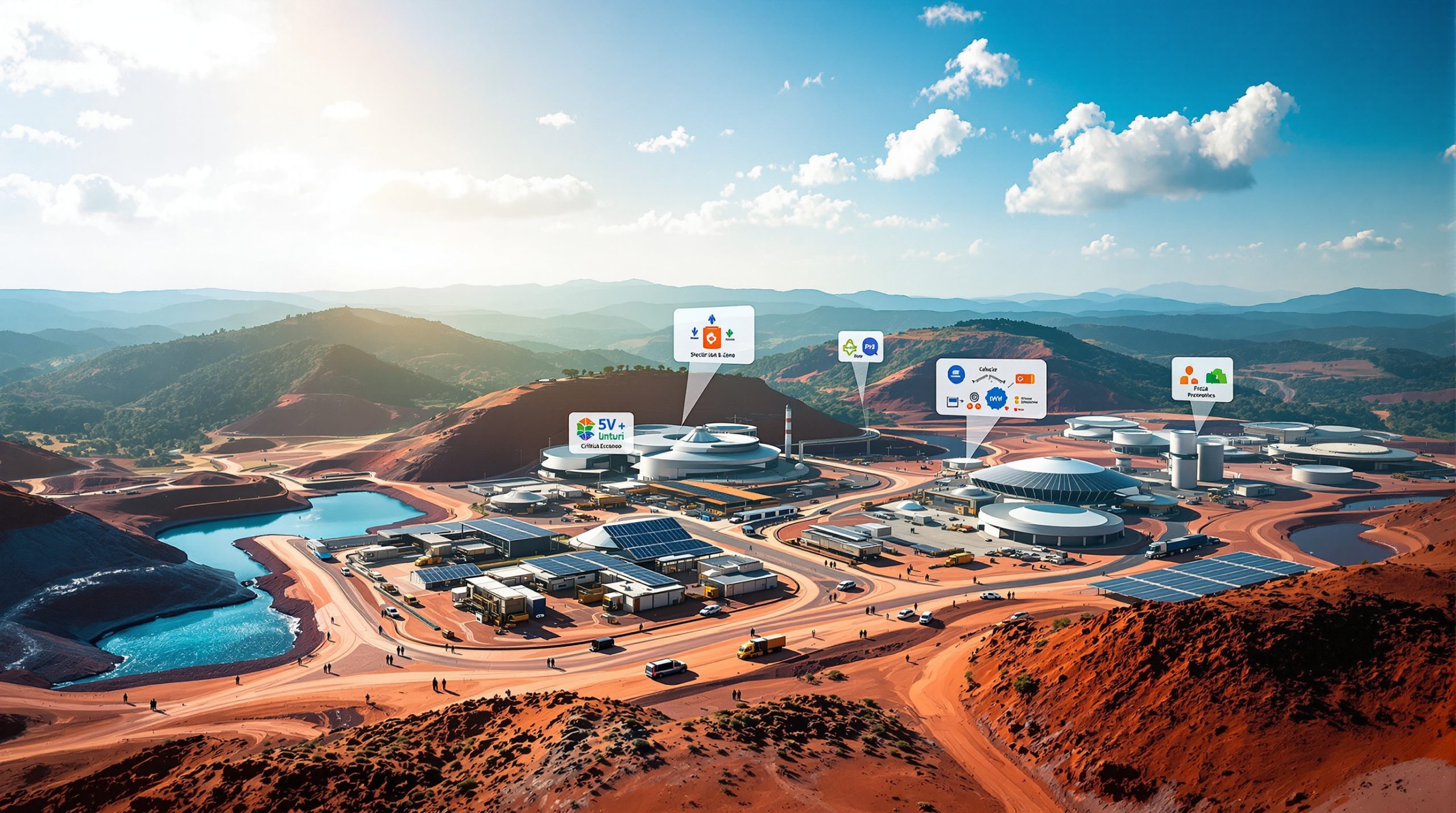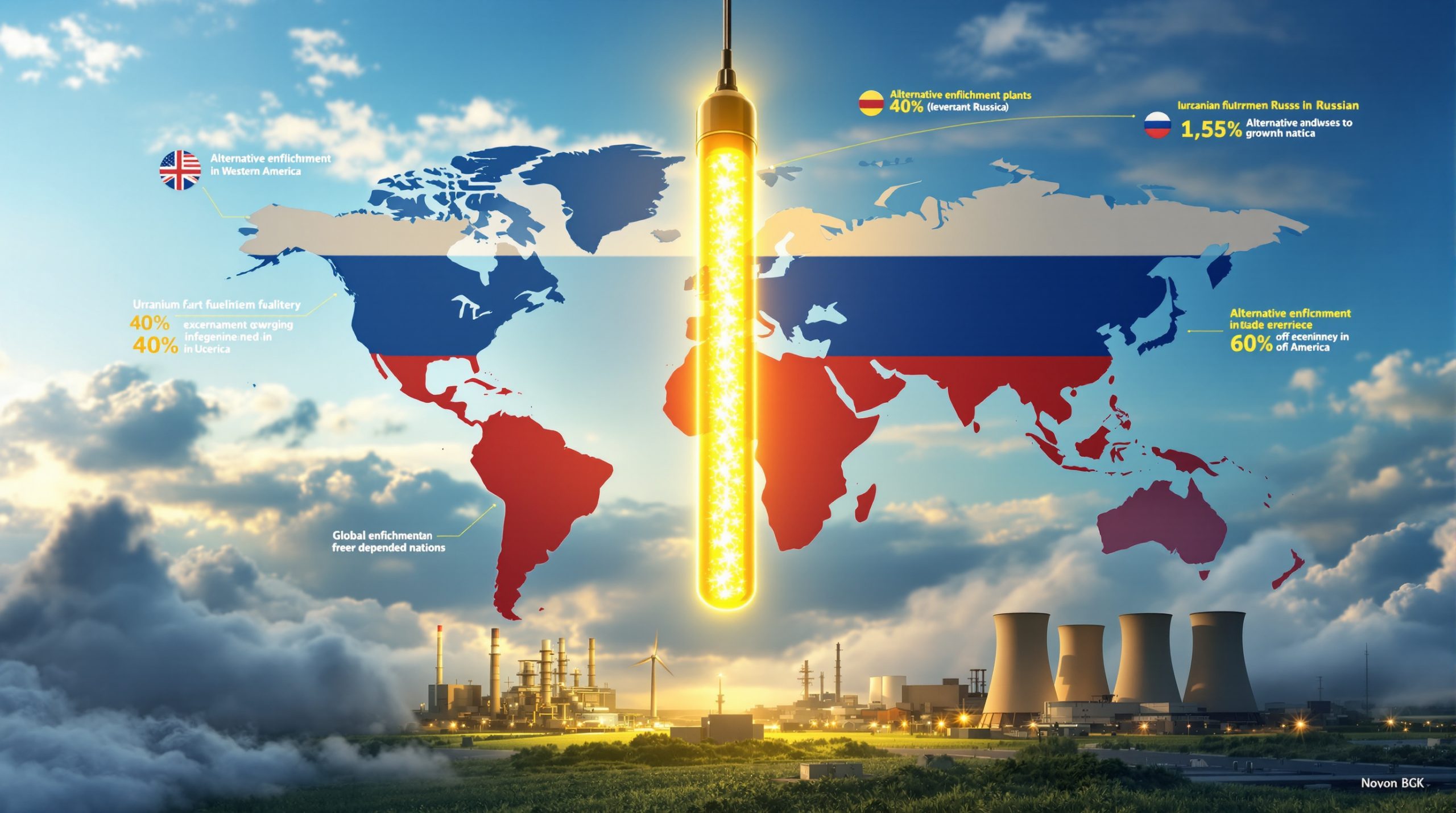Understanding Resolution Copper's Fast-Track Status in the US
Resolution Copper has recently emerged as a focal point in America's critical mineral shortages strategy after receiving coveted "Fast-41" status from the federal government. This designation, announced by the Trump administration in April 2025, places Resolution among just 10 projects nationwide to receive expedited permitting consideration under the Federal Permitting Improvement Steering Council (FPISC).
The Fast-41 designation, originally established under the Obama administration in 2015, represents a significant policy commitment to accelerating domestic mineral production while maintaining environmental standards. According to Permitting.gov, this status doesn't bypass environmental regulations but creates a more streamlined, predictable approval process.
"This designation marks a turning point for America's critical minerals strategy," noted Federal Permitting Improvement Steering Council Executive Director Jason Miller in the White House announcement. "These projects represent our commitment to reducing dependency on foreign mineral sources while ensuring proper environmental stewardship."
What is Resolution Copper?
Resolution Copper represents one of the most significant mining ventures in American history. The project is a joint venture between two global mining giants – Rio Tinto Group (market capitalization approximately $110 billion) and BHP Group (market capitalization approximately $150 billion) – operating near Superior, Arizona.
The deposit itself is remarkable, containing an estimated 1.7 billion metric tons of copper ore at a 1.5% average grade according to Resolution Copper's technical documents. Once operational, it would become North America's largest copper mine, potentially supplying up to 25% of U.S. copper demand.
The Joint Venture Behind the Project
The partnership between Rio Tinto and BHP brings together unprecedented expertise and capital resources. Rio Tinto, with its extensive global mining portfolio, serves as the project operator, while BHP contributes its considerable experience in large-scale mining operations.
The companies have already invested over $2 billion in project development, including extensive exploration, mining feasibility insights, and community engagement initiatives. This investment underscores the strategic importance both companies place on developing copper resources in stable jurisdictions.
Project Scope and Significance
Resolution Copper represents more than just another mining venture. The project's magnitude places it among the most significant mineral developments in U.S. history, with potential to dramatically reshape America's critical mineral supply chains.
The project utilizes advanced block cave mining techniques to access copper deposits located more than 7,000 feet below the surface. This method, while capital-intensive initially, offers more efficient resource extraction with a smaller surface footprint than traditional open-pit mining.
According to the U.S. Geological Survey, Arizona currently produces approximately 68% of America's copper. Resolution would significantly expand this production capacity, potentially reducing America's 37% copper import reliance according to USGS 2023 mineral statistics.
What Does Fast-Track Status Mean for Resolution Copper?
Fast-track status represents a significant procedural advantage for Resolution Copper, though it doesn't eliminate the rigorous environmental assessment requirements mandated by law.
Understanding Fast-41 Designation
The FAST Act Title 41 (Fast-41) was established to address inefficiencies in the federal permitting process for infrastructure projects. According to a 2023 Government Accountability Office report, Fast-41 designation reduces permitting timelines by approximately 30% through better interagency coordination.
Fast-41 projects receive enhanced oversight from the Federal Permitting Improvement Steering Council, which coordinates between the numerous agencies involved in approval processes. For mining projects like Resolution, this typically includes the Bureau of Land Management, U.S. Forest Service, Army Corps of Engineers, and Environmental Protection Agency.
"Coordination avoids duplication of agency efforts while ensuring each regulatory requirement is properly addressed," explained Permitting Council Director Eric Beightel in a 2024 interview. "The goal is efficiency without compromising standards."
Benefits of Fast-Track Status
The most significant benefit is timeline certainty. Fast-41 projects receive a comprehensive permitting timetable with firm deadlines for agency decisions. This predictability is crucial for project planning and investor confidence.
Fast-41 status also provides enhanced transparency, with all permitting milestones publicly tracked on the Permitting Dashboard (permits.performance.gov). This visibility creates accountability for federal agencies while allowing stakeholders to monitor progress.
Additionally, Fast-41 designation establishes a dispute resolution process for interagency conflicts that might otherwise create delays. This mechanism has proven particularly valuable for complex projects like Resolution that involve multiple federal jurisdictions.
Why is the Resolution Copper Project Controversial?
Despite its economic potential, Resolution Copper faces significant opposition on several fronts, primarily related to environmental concerns and indigenous rights issues.
Environmental Concerns
Resolution's environmental footprint has drawn scrutiny from conservation organizations. The project's water requirements are substantial in Arizona's water-stressed environment. According to preliminary estimates, the mine may require up to 20,000 acre-feet of water annually – equivalent to the needs of approximately 40,000 households in the region.
The tailings disposal plan also presents significant environmental challenges. Resolution plans to utilize a closed-loop system with filtered tailings to minimize water usage and prevent groundwater contamination, but questions remain about long-term management of the estimated 1.5 billion tons of tailings the project will generate over its lifespan.
"Even with advanced technology, the scale of this operation creates unprecedented environmental management challenges," noted Dr. Elizabeth Holden, environmental hydrologist at Arizona State University, in a 2024 analysis of the project's water management plan.
Indigenous Rights and Cultural Heritage
The most contentious aspect of Resolution Copper involves Oak Flat (Chi'chil Biłdagoteel), a site sacred to multiple Native American tribes, including the San Carlos Apache. In 2014, a land swap provision in the National Defense Authorization Act mandated the exchange of 2,422 acres including Oak Flat to Resolution Copper once the environmental impact statement is complete.
San Carlos Apache Tribe Chairman Terry Rambler has been unequivocal in his opposition: "Oak Flat is sacred and non-negotiable. This isn't just about land, but about our cultural survival and religious freedom," he stated in a 2023 tribal declaration.
The Apache Stronghold, a nonprofit organization, has challenged the land transfer in federal court, with litigation reaching the 9th Circuit Court of Appeals in 2024. This ongoing legal battle represents one of the most significant hurdles to Resolution's development timeline.
How Does Fast-41 Status Fit into US Mineral Strategy?
Resolution's fast-track designation reflects America's evolving approach to mineral resource development as a component of national security and economic strategy.
Reducing Foreign Dependency
The United States currently imports 37% of its copper needs according to USGS 2023 data, creating supply vulnerabilities for a metal essential to renewable energy technologies, electronics, and defense applications.
The Department of Commerce officially added copper to the Critical Minerals List in 2024, acknowledging its strategic importance. This designation elevated copper's priority in national resource planning, aligning with President Biden's 2021 Executive Order 14017 on strengthening American supply chains.
"Domestic copper production represents a crucial element in our national resilience strategy," noted Commerce Secretary Gina Raimondo when announcing copper's critical mineral designation. "Projects like Resolution demonstrate our commitment to responsible resource development."
Economic Development Implications
Resolution Copper's economic impact would be substantial. According to economic analyses from Resolution Copper, the project would create approximately 3,700 direct and indirect jobs during construction and 1,500 permanent positions during operations.
The project's estimated $61 billion economic impact over its lifespan would generate significant tax revenue for Arizona and federal governments. Resolution estimates annual state and local tax contributions exceeding $280 million once fully operational.
What Challenges Remain for Resolution Copper?
Despite fast-track status, Resolution Copper faces substantial hurdles before becoming operational.
Regulatory Hurdles
Fast-41 designation streamlines but doesn't eliminate the comprehensive environmental review process. Resolution must complete a full Environmental Impact Statement under the National Environmental Policy Act (NEPA), including detailed analyses of impacts on water resources, air quality, cultural resources, and biological diversity.
The project must also navigate a complex permitting landscape including state-level approvals from the Arizona Department of Environmental Quality and Arizona Department of Water Resources, among others.
The Rosemont Copper Mine case provides a cautionary example. Despite receiving federal approvals, Rosemont's development was halted by legal challenges focused on Clean Water Act compliance and cultural resource impacts – issues that also affect Resolution.
Market Conditions
Copper markets introduce another layer of complexity. While current prices (approximately $4.50/lb as of April 2025) support development, the multi-decade investment horizon requires confidence in long-term demand.
The International Copper Study Group forecasts global copper market insights growing at a 3.1% compound annual growth rate through 2035, driven primarily by renewable energy infrastructure and electric vehicle production. However, market volatility remains a concern for investors weighing Resolution's significant capital requirements against long-term returns.
The Future of Resolution Copper
Resolution's development timeline extends well into the future, with production potentially beginning in 2030 according to Rio Tinto's approval process and investor presentations.
Project Timeline and Milestones
Resolution's current permitting phase is expected to continue through 2026, with construction potentially beginning in 2027 if approvals proceed as planned. The construction phase would likely require 3-4 years given the project's scale and technical complexity.
The mine's projected 40+ year lifespan would establish Arizona as America's copper production hub for generations. At peak production, Resolution could produce up to 120,000 tons of copper annually, transforming U.S. mineral supply dynamics.
Broader Industry Implications
Resolution represents a test case for America's ability to develop critical mineral resources domestically. Its success or failure will influence investor confidence in other large-scale U.S. mining investment strategies currently in development phases.
The project also serves as a proving ground for digital mining innovations, including autonomous equipment, real-time environmental monitoring systems, and water conservation strategies that could establish new industry standards.
FAQ About Resolution Copper and Fast-Track Status
What exactly is Fast-41 status?
Fast-41 refers to Title 41 of the Fixing America's Surface Transportation Act (FAST Act), codified in 41 U.S.C. §§ 4370–4370m. This legislation established the Federal Permitting Improvement Steering Council to coordinate environmental reviews and authorizations for covered infrastructure projects. Fast-41 creates a more predictable, transparent permitting process without changing underlying environmental standards.
How might this impact copper markets?
Resolution's projected 120,000 tons of annual copper production would represent approximately 7% of current U.S. consumption. This significant increase in domestic supply could moderate price volatility and enhance supply chain resilience for U.S. manufacturers. The project's development timeline coincides with projected copper supply deficits expected in the late 2020s as electrification accelerates globally.
What other projects received Fast-41 status?
The other nine projects receiving Fast-41 designation alongside Resolution include Thacker Pass lithium mine (Nevada), Twin Metals Minnesota copper-nickel project, Graphite One (Alaska), and several critical mineral processing facilities. According to Trump's mining initiative, these projects collectively represent over $15 billion in infrastructure investment.
Disclaimer: This article contains analysis and forecasts regarding Resolution Copper and mineral markets. These projections involve uncertainty and should not be considered investment advice. Environmental and regulatory outcomes remain subject to ongoing legal and administrative processes.
Looking to Identify the Next Major Mineral Discovery?
Gain instant alerts on significant ASX mineral discoveries through Discovery Alert's proprietary Discovery IQ model, turning complex mining data into actionable investment insights. Explore why historic discoveries like Resolution Copper generate substantial returns by visiting Discovery Alert's dedicated discoveries page and begin your 30-day free trial today.




